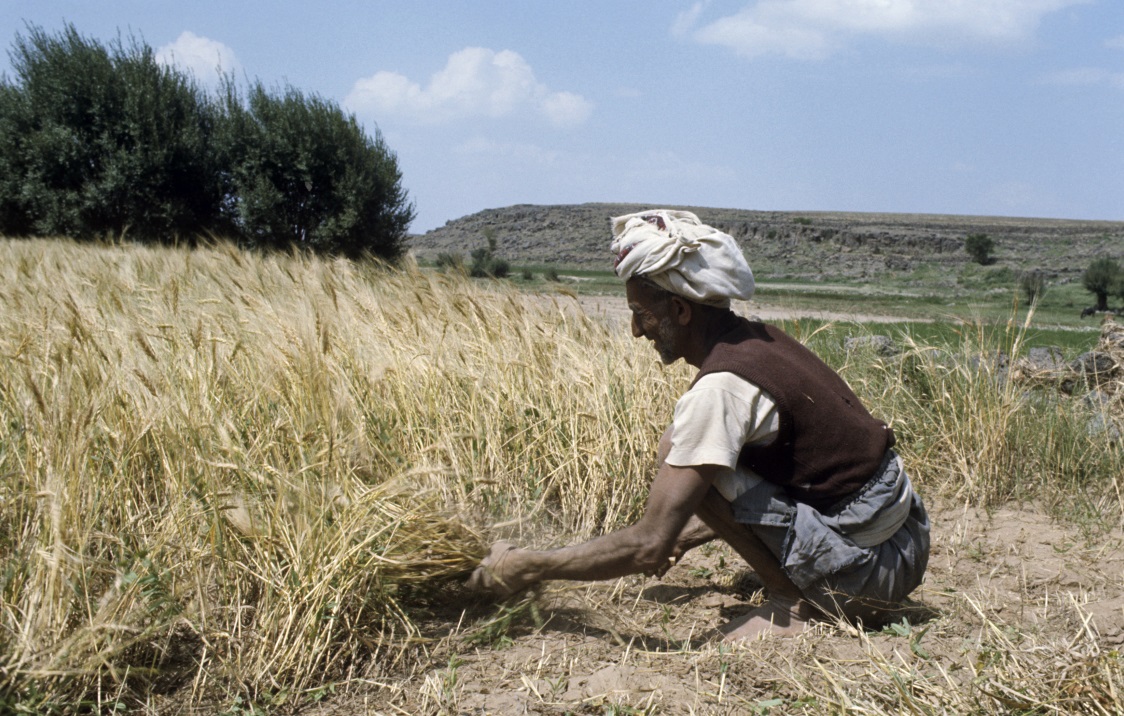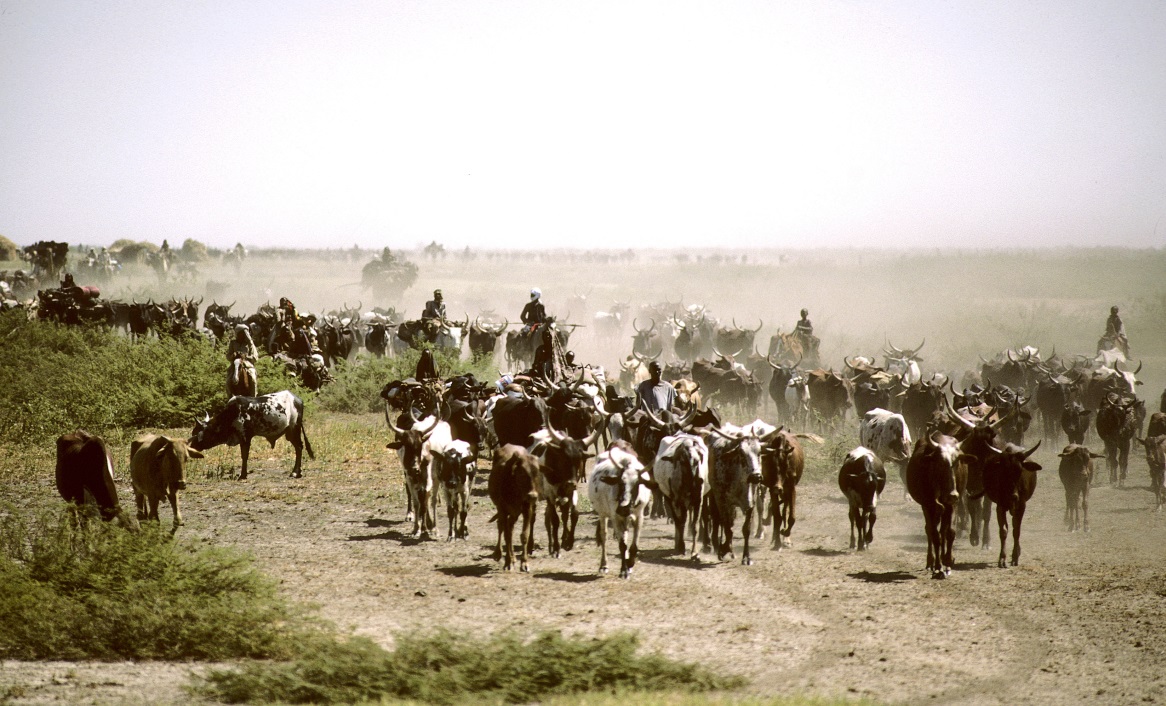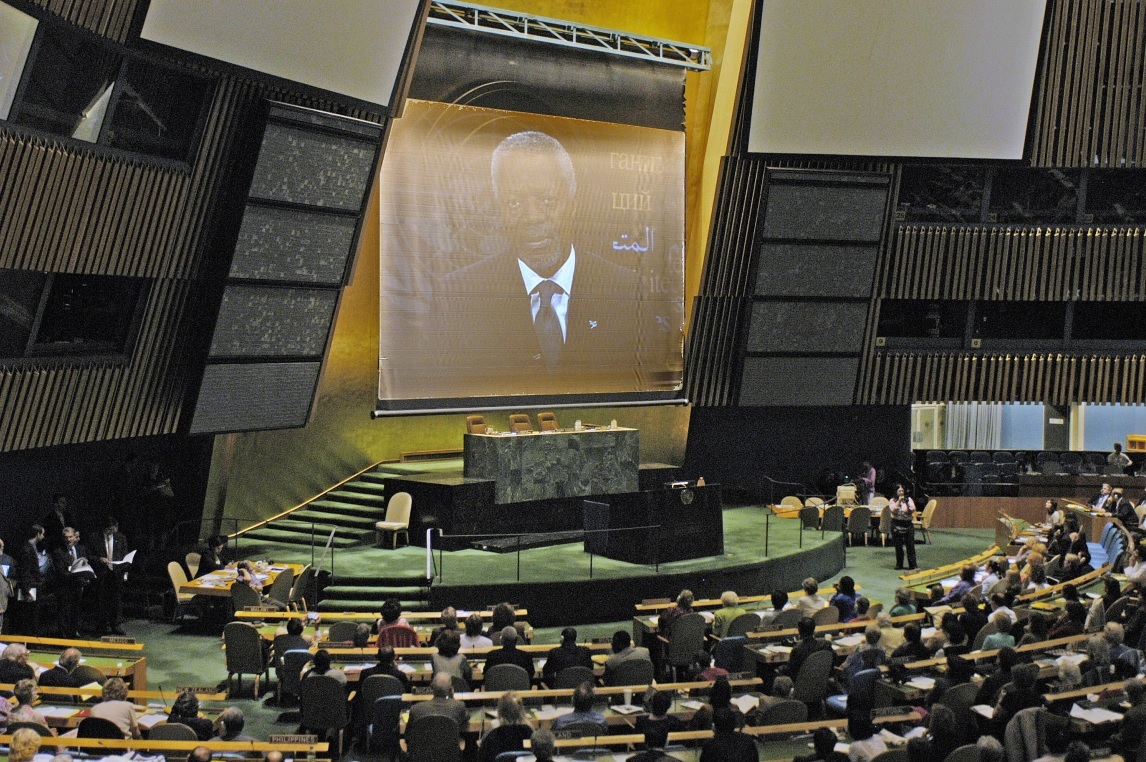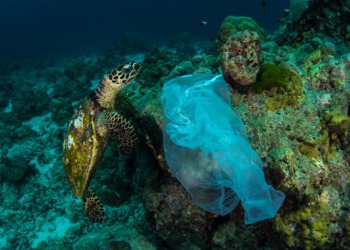The inclusion of food issues has meant from the beginning that FAO had a very broad scope: it wasn’t simply a technical forum for experts but primarily a political one that places concern for human health and survival at the center of all its activities.
At the outset, the first Director General of FAO, John Boyd Orr tried to impose his vision devising global plans for improving food production and its equitable distribution but he got nowhere, the US and UK opposed him and he resigned.
That was the first historical clash over what FAO should do.
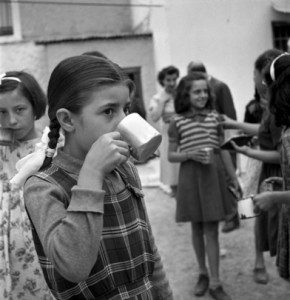
Food aid in Greece 1948 (joint mission FAO-Unicef)
The logic is clear: a focus on human health and survival in the face of hunger implies that FAO’s role is to encourage developing countries to give priority to agriculture. And for decades, starting in the 1960s, FAO was at the forefront of agricultural development activities in the Third World, directly engaged in projects to illustrate how best this development could be achieved and FAO was seen by developing countries as a useful development agent benefiting their own agriculture. Indeed, FAO was among the first international agencies to use methods that allowed locals to appropriate the project results as their own, long before the World Bank ever did. Perhaps this is not so surprising. As any bank, the World Bank is concerned with protecting its investments and it has always tended to exercise full control rather than pass it onto locals, though now, even the World Bank has had to change its approach to development.
In the photo: Farming for Developmen: Agriculture in Yemen A rural farmer in a village near Sanaa, reaping his harvest using a reaping hook in the traditional way. In Yemen, agriculture, mainly of the subsistence type, provides 80% of total employment. With help from the Food and Agriculture Organization under the UN Development Programme the Government has undertaken agricultural development projects. 1975. 01 January 1975 Sanaa, Democratic Yemen. (source UN / multimedia)
It also meant that with every new political issue, with every major emergency, FAO’s scope expanded.
For example, with the recurrent, protracted and seemingly intractable Sahel drought, FAO, that had only been active in development aid, was catapulted in the 1970s in the business of emergency aid and created a small unit of just three professionals to deal with it. That unit expanded over the next decades and by the early 2000s, it had morphed into one of FAO’s major departments, employing more people and with a larger budget than any other department in the organization.
In the photo: Drought in Africa – Livestock being taken away from the drought-stricken areas of Karal region. 01 January 1984 Chad. (source UN / multimedia)
On the other hand, FAO’s newly-acquired role in developing countries was viewed with suspicion and often disparaged in the West. A lead critic was the US, where FAO was seen as an unnecessary rival to American non-governmental organizations (NGOs) and charities that were also engaged in agricultural aid, chief among them CARE, Heifer International etc. Since the 1960s, capital flows to developing countries has radically changed: back then, some 70 percent came from the government coffers of developed countries; today, that figure is only 13 percent. Most of the money comes from private sources and emerging economies. NGOs overtime have become a major actor in development aid (see here) and recognized as such by the United Nations.
In the photo: 57TH ANNUAL DPI/NGO CONFERENCE BEGINS TODAY AT UN HEADQUARTERS- Secretary General Kofi Annan addressing the DPI/NGO Conference today via Video Conference. The Secretary-General said he was pleased that the meeting had decided to focus on the Millennium Development Goals, and these Goals were a test for all. 08 September 2004 United Nations, New York. (source UN / multimedia)
The 1970s was a particularly unfortunate decade: a World Food Council was established as an independent institution outside FAO in 1974 together with an agricultural development bank, IFAD, that saw the light with generous financing from the Arab oil states; also, FAO lost most of its control over the international research system, and it became simply one of many members of the CGIAR, a network of 15 research centers spread around the globe.
In the late 1980s, FAO dramatically shed another piece of itself when the World Food Programme gained autonomy. Originally an FAO unit created in 1961, it set itself free under the guidance of its Australian Executive Director and adopted its own “mission statement” in 1994. Now WFP has a larger budget and with about 13,500 people working for it, it has a much larger staff than FAO – for several years, cooperation between the two was rocked by infighting at the highest levels though, fortunately, that did not reflect on field activities. Today, FAO and WFP have reached agreement to work together and they do.
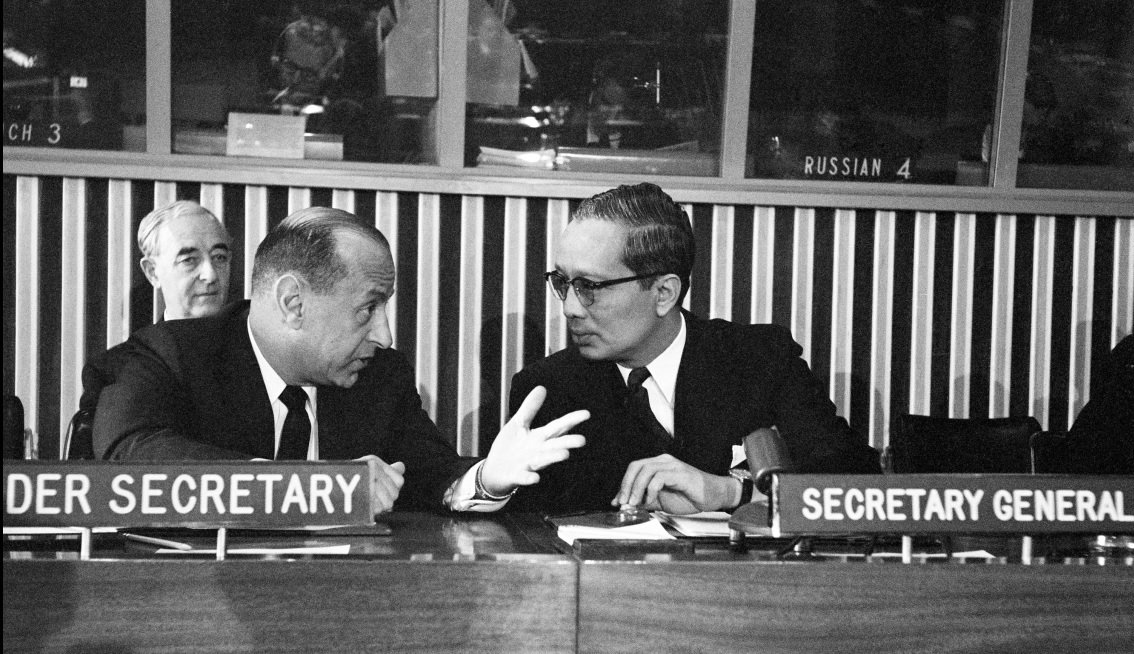
In the photo: Plan for Establishment of World Food Program by UN and FAO Outlined to Economic Committee. A plan for provision of food surpluses to food-deficient peoples through the United Nations system, in ways designed to promote economic and social development was presented this morning to the Assembly’s Second (Economic and Financial) Committee. U Thant (right), Acting Secretary-General of the UN, is seen here conferring with Mr. Philippe de Seynes, Under-Secretary of the Department of Economic and Social Affairs. 08 December 1961 United Nations, New York. (source UN / multimedia)
Small wonder that FAO Headquarters in Rome became famous for hosting a large number of experts – in its heyday in the 1980s, FAO had some 1,500 professionals stationed in Rome, and up to ten times as many in the field, in the vest of consultants, short-term staff, and even junior experts. There was a program to employ university graduates fresh out of school in field projects, a program that had been started in the mid-1950s, the first of its kind in the UN system. It began with a handful of young agricultural engineers from the Netherlands whose salary was paid for by their own government. That program had expanded, along with FAO, and at its height, numbered over one thousand junior experts employed on 2-year contracts and coming from a variety of countries, mostly European but also from South Korea. The program still exists, but in reduced form.
You could say that FAO, in general, still exists but in reduced form.
Because something happened that crippled FAO and nearly killed it, more in the next article “A Descent into Hell”
Previous article on Food and Agriculture Organisation: FAO: A UNITED NATIONS AGENCY BORN WITH A DUAL PERSONALITY
Cover picture: Development of Resources: Growing Cotton in Sudan.Picking cotton in one of the fields surrounding New Haifa. The farmers of Wadi Haifa (Northern Sudan) who were resettled in New Haifa to make room for the construction of the Aswan High Dam have successfully cultivated their new fields. Under a Government rehabilitation programme, the Food and Agriculture Organization (FAO) helped the resettled farmers with food rations. 01 January 1973 New Haifa, Sudan.



